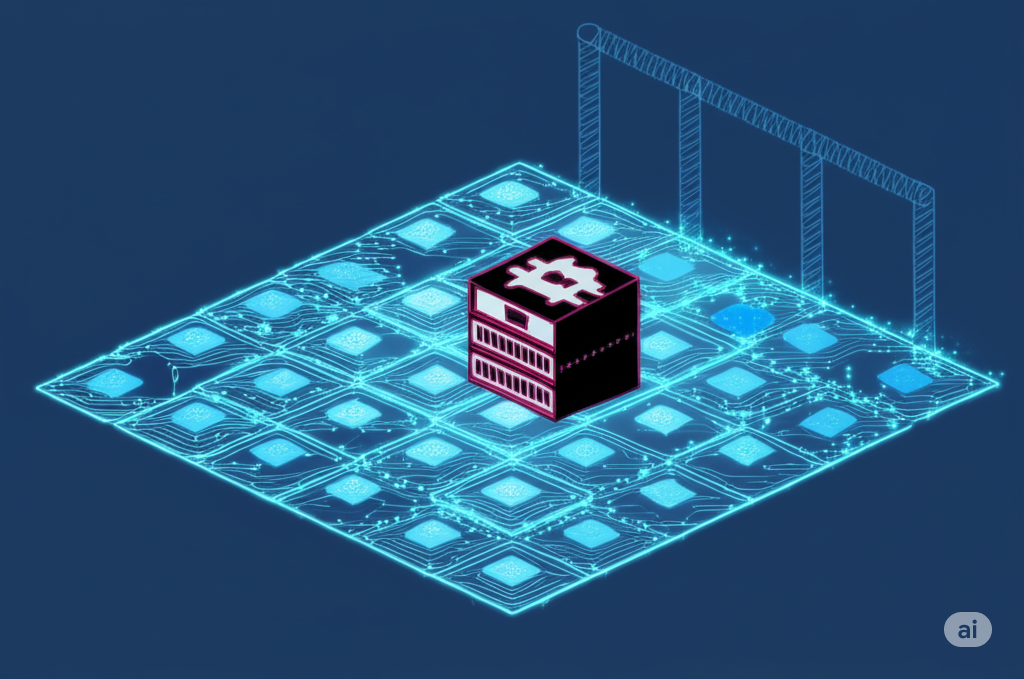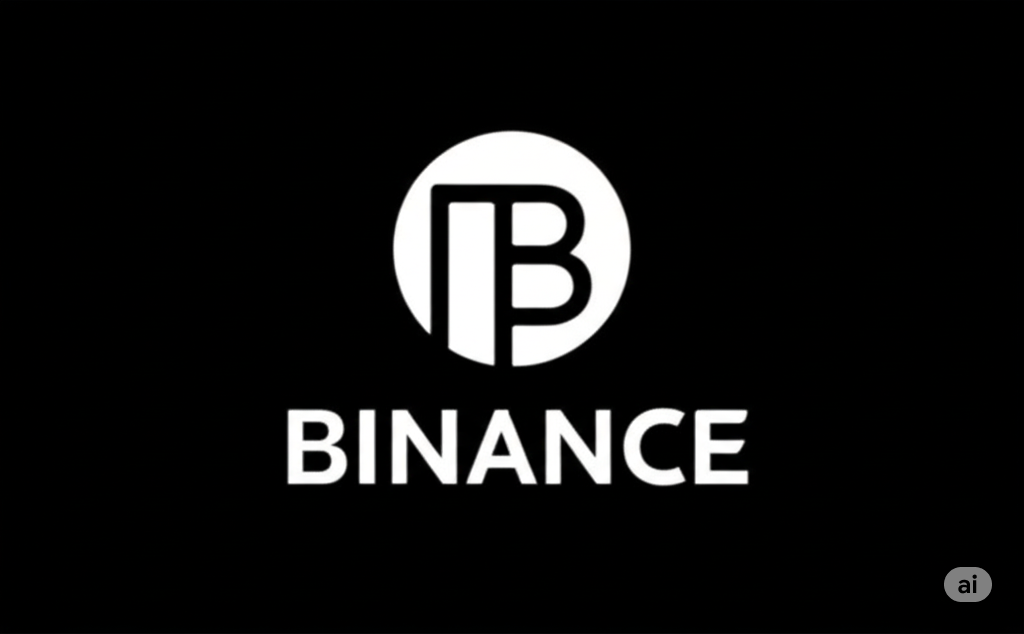Blockchain technology has moved from the fringes of the tech world to become a buzzword impacting everything from finance to supply chains. But what exactly is it, and how does it work its magic? At its core, a blockchain is a decentralized, distributed, and often public digital ledger that is used to record transactions across many computers. Think of it as a shared, constantly updated, and tamper-proof spreadsheet.
Let’s break down the key components and processes that make blockchain tick:
1. Blocks:
Imagine individual pages in our shared digital ledger. Each “block” contains a set of verified transactions. These transactions could be anything from cryptocurrency transfers to medical records or even votes. When a new transaction occurs, it gets bundled together with other recent transactions into a new, unconfirmed block.
2. Chains:
These blocks are not isolated; they are linked together chronologically using cryptography. Each new block contains a hash (a unique digital fingerprint) of the previous block. This creates a chain of blocks, making it incredibly difficult to alter or tamper with any previous block without invalidating all subsequent ones. If someone tried to change a transaction in an earlier block, its hash would change, and the next block in the chain would no longer recognize it as the valid predecessor, instantly alerting the network.
3. Decentralization and Distribution:
Unlike traditional databases that are stored in a single location and controlled by one entity, a blockchain is distributed across a peer-to-peer network of computers (nodes). Each node in the network holds a copy of the entire blockchain. This decentralization is a crucial aspect of blockchain’s security and transparency. There’s no single point of failure, and no single entity has control over the data.
4. Cryptography:
Cryptography is the backbone of blockchain security. It involves using complex mathematical algorithms to secure and verify transactions.
- Hashing: As mentioned earlier, each block is assigned a unique hash. This ensures the integrity of the data within the block.
- Digital Signatures: Transactions are typically secured using private and public key cryptography. A sender uses their private key to create a digital signature for a transaction, which can then be verified by anyone using the sender’s public key. This confirms the authenticity and integrity of the transaction.
5. Consensus Mechanisms:
Since the blockchain is distributed across many computers, there needs to be a way for the network to agree on which new transactions are valid and should be added to the chain. This is achieved through consensus mechanisms. Different blockchain networks employ various consensus algorithms, with some of the most common being:
- Proof-of-Work (PoW): Used by Bitcoin, PoW requires network participants (miners) to solve complex computational puzzles to validate new blocks and add them to the chain. The first miner to solve the puzzle gets to add the new block and is typically rewarded with cryptocurrency.
- Proof-of-Stake (PoS): In PoS, validators are chosen to create new blocks based on the number of cryptocurrency they “stake” or lock up. PoS is generally considered more energy-efficient than PoW.
The Process in a Nutshell:
- A transaction is requested.
- The transaction is grouped with other transactions into a new block.
- This new block is broadcast to all the nodes in the network.
- Network participants (depending on the consensus mechanism) validate the transactions within the block.
- Once validated, the block is added to the existing chain, creating a permanent and tamper-proof record.
- The transaction is complete.
Why is this revolutionary?
Blockchain technology offers several key advantages:
- Transparency: Transaction data on many blockchains is publicly viewable (although the identities of the participants are often pseudonymous).
- Security: The cryptographic linking of blocks and the distributed nature make it extremely difficult to tamper with the data.
- Decentralization: No single entity controls the network, reducing the risk of censorship and single points of failure.
- Efficiency: By automating verification processes and removing intermediaries, blockchain can streamline transactions and reduce costs.
- Immutability: Once a block is added to the chain, it’s virtually impossible to alter or delete it.
Conclusion:
Blockchain technology, with its innovative approach to data management and security, has the potential to transform numerous industries. By understanding its fundamental workings – the blocks, the chain, decentralization, cryptography, and consensus mechanisms – we can better grasp its power and the exciting possibilities it holds for the future.












Leave a Reply